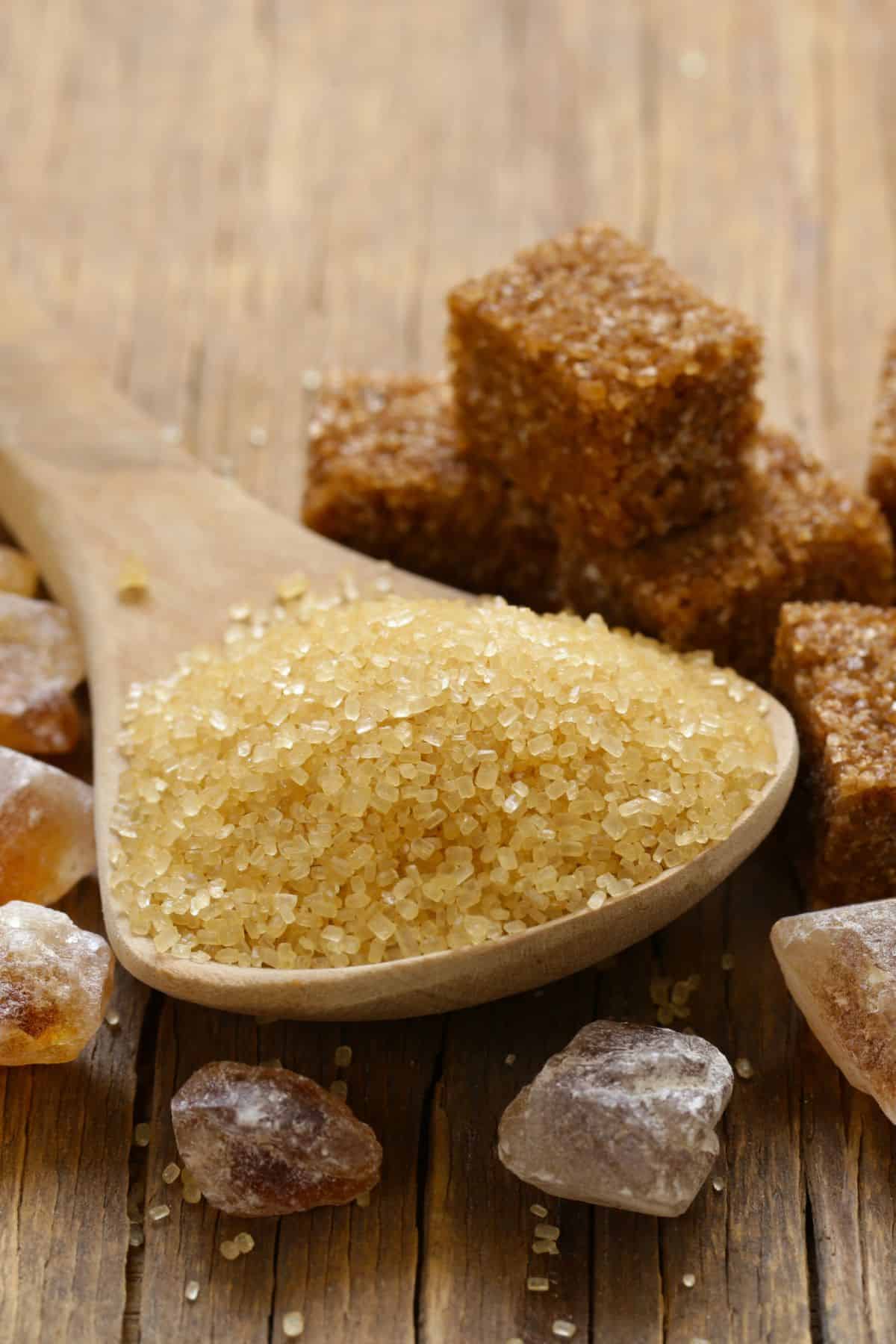The Environmental Impact of Growing Sugar and Cane in Various Regions
The Environmental Impact of Growing Sugar and Cane in Various Regions
Blog Article
How Cane Sugar Processing Chemicals Improve Sugar Quality and Yield
The role of processing chemicals in cane sugar production is pivotal, as they directly affect both the top quality and return of the end product. By using materials such as lime and phosphoric acid, suppliers can successfully get rid of contaminations and enhance extraction efficiency. The unification of triggered carbon and enzymes serves to optimize the failure of complicated sugars, inevitably leading to a purer and higher-quality sugar. The ins and outs of how these chemicals connect within the handling environment raise concerns about their lasting ramifications and potential innovations in the market.
Introduction of Cane Sugar Handling
Cane sugar handling involves a series of critical actions that change raw sugarcane into polished sugar items. The process starts with harvesting, where fully grown sugarcane stalks are cut and transported to processing centers. Upon arrival, the cane goes through cleaning to remove contaminations such as soil and plant products.
Adhering to washing, the walking stick is squashed to extract the juice, which includes sucrose - sugar and cane. This juice undertakes clarification, where lime and heat are made use of to remove remaining pollutants and non-sugar parts. The clarified juice is then evaporated to focus the sugar web content, causing the development of thick syrup
Following, the syrup is taken shape via a controlled cooling process, resulting in sugar crystals. To achieve refined sugar, further purification steps are applied, including washing, re-crystallization, and drying.
The final item is either packaged as raw sugar or further processed into white sugar, accommodating different consumer and industrial needs. This extensive series of steps ensures the production of premium sugar, vital for many applications in food and beverage industries.
Key Processing Chemicals Made Use Of
The manufacturing of refined walking cane sugar depends on numerous handling chemicals that play considerable roles at various stages. This action is vital for improving the total high quality of the removed juice.
Phosphoric acid serves a dual objective; it enhances the clarification process and helps in the elimination of color-forming compounds, adding to a higher pureness of the end product. In addition, sulfur dioxide functions as a lightening agent, permitting the effective elimination of undesirable pigments and improving the shade of the sugar.
Other notable chemicals include turned on carbon, which is employed for additional decolorization, and enzymes that assist in the breakdown of complicated sugars into easier kinds, thus enhancing return. The careful choice and application of these handling chemicals are critical for optimizing the effectiveness of sugar removal and refining processes, eventually bring about a more constant and better sugar product.

Influence On Sugar Top Quality
Just how do handling chemicals influence the high quality of refined sugar? The introduction of various chemicals in the cane sugar handling stage substantially improves the purity and overall quality of the final product.
Additionally, making use of triggered carbon and ion-exchange resins throughout navigate to these guys the refining procedure plays a vital role in removing off-flavors and unwanted smells, adding to the sugar's sensory profile. This improvement not only raises the aesthetic and organoleptic top qualities yet likewise improves the rack life by lessening microbial activity associated with contaminations.
In enhancement, the accurate application of these chemicals ensures that the sugar displays a consistent grain dimension and flowability, which are necessary characteristics for both industrial applications and customer preferences. On the whole, the calculated use handling chemicals is fundamental in attaining top notch refined sugar that fulfills industry criteria and consumer assumptions.

Enhancing Yield Efficiency
Enhancing yield effectiveness in walking cane sugar handling involves optimizing different stages of manufacturing to make the most of the quantity of sugar removed from raw walking cane. One critical aspect is the choice and application of proper handling chemicals, which can assist in the failure of cell wall surfaces and boost sugar launch throughout removal. Chemicals such as acids and enzymes play a vital role in this process by hydrolyzing polysaccharides and dissolving impurities, thereby improving the total removal effectiveness.

Regular surveillance and adjustment of handling parameters are vital to preserve performance throughout production (sugar and cane). By utilizing these approaches, sugar producers can not just increase the quantity of sugar acquired yet additionally lower waste and lower manufacturing prices, contributing to a much more lasting and profitable sugar handling operation
Benefits for Customers and manufacturers
Cane sugar handling chemicals supply substantial advantages for both producers and consumers, producing a more lasting and efficient industry. For manufacturers, these chemicals improve extraction procedures, leading to greater yields and boosted sugar top quality.
For customers, the benefits are equally compelling. The enhanced high quality of sugar translates to much better taste and uniformity in foodstuff. Additionally, using handling chemicals can cause a more secure supply of sugar, alleviating shortages and rate spikes that can happen due to ecological factors or market variations. The developments in manufacturing methods add to sustainability initiatives by lessening resource usage and waste generation, appealing to ecologically aware consumers.
Final Thought

The function of processing chemicals in cane sugar manufacturing is essential, as they directly affect both the quality and return of the final item (sugar and cane). The incorporation of turned on carbon and enzymes serves Visit Your URL to maximize the malfunction of complex sugars, eventually leading to a purer and higher-quality sugar.Cane sugar handling involves a collection of important steps that change raw sugarcane right into refined sugar items.Enhancing yield effectiveness in cane sugar processing entails optimizing numerous stages of production to make the most of the quantity of sugar removed from raw cane.Walking stick sugar handling chemicals play an important duty in enhancing both sugar high quality and return
Report this page